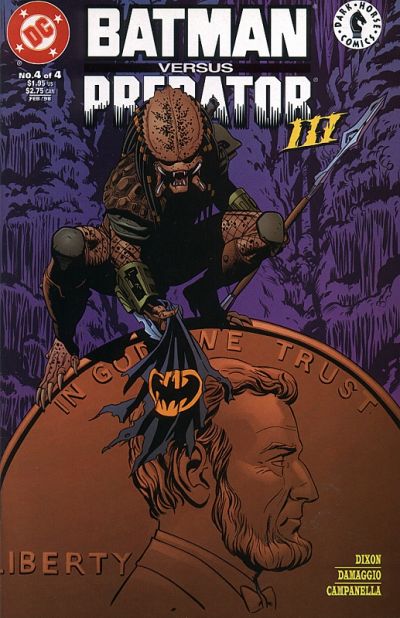

Midnight on the roof of the Gotham National Bank. So I expected Otoy to show me something awesome, but I wasn’t prepared to see this. X.IO-some cloud… thing?-allegedly does with arbitrary executables what I assumed was literally impossible. Octane Render, Otoy’s hyper-realistic GPU-based rendering plugin, seemed only interesting to architectural visualization firms and digital pinup artists. Their Brigade ray-tracing engine was fascinating but seemed almost mythological to me ray-tracing in general seemed irrelevant to PC users for another couple of GPU generations and only majorly disruptive to VR when coupled tightly with perfected eye tracking. I had been following Otoy very casually for something like four years, yet I still didn’t know exactly what they were up to. I’m not the excitable type, but I felt like the elevator was vibrating at some impossible frequency as I rode up to Otoy’s demo suite at Oculus Connect. Less certain was how they managed to pull it off. Road to VR guest reporter Nate Kozak fills us in.Īt that moment, two things were certain to me: Batman: The Animated Series (1992-1995) is still the best incarnation of Batman, and a strapless Gear VR loaded with Otoy’s navigable 18k cubemaps will be one of the best tools for VR evangelism. Otoy’s new VR-focused content tools open the door to creating your own navigable VR worlds in stunning detail. The device included a head unit with one OLED display per eye, stereo headphones, and an external processor unit with HDMI connections.An unlikely combination of one of the most iconic interpretations of the superhero comic and cutting edge rendering tech come together to create one of the highest fidelity mobile VR experiences to date.

The HMZ-T1 and HMZ-T2 were Sony's final attempt at a head-mounted 3D device prior to the development of Project Morpheus and PlayStation VR. Some versions of the hardware included shutters that allowed the user to see through the display. The hardware went through almost half a dozen revisions between 19, which is when the final version was released. Some models of the hardware could create a 3D effect by displaying subtly different images on each screen. The Glasstron was a head-mounted display that looked like a headband connected to a set of futuristic sunglasses. It was never sold, but Sony released a different head-mounted display, the Glasstron, in 1996. One of Sony's first attempts at a head-mounted display was the Visortron, which was in development between 19. The PlayStation Move was designed with VR in mind even though it was released three years before Morpheus started. Although Project Morpheus, which grew into PSVR, didn't start until 2011, Sony was interested in virtual reality much earlier than that. PlayStation VR wasn't Sony's first foray into head-mounted displays or virtual reality.


 0 kommentar(er)
0 kommentar(er)
